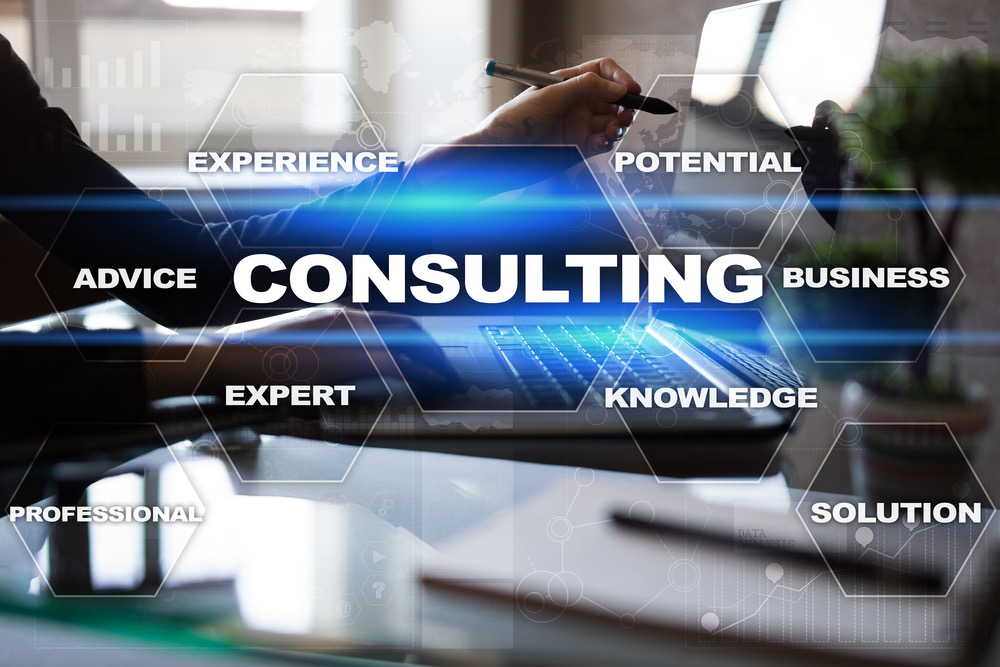Meetings are often very hard for those people with a disability. People don’t speak clearly or they use PowerPoint in their presentations which is not accessible to those with a vision impairment. Noise can be distressing for some and others may have mobility issues with meeting locations.
When planning the meeting ensure that each of the following points are considered:
What is the reason for the meeting?
Document the agenda.
Who needs to be at the meeting?
- Where are the attendees based: That is, are the attendees at another location? , How far away are the other locations?
Are you aware of any particular needs of the attendees? That is, will there be attendees there who have a disability that will need to be catered for? If you don’t know, then ensure that the location is wheelchair friendly and has accessible signage to ensure that all attendees are catered for.
Can the meeting be an on-line meeting or does it need to be a face to face meeting?
Is the meeting needed urgently?
Is there a date by which the work must be completed?
Send out the meeting invite. Always ask if there are accommodations needed by attendees. These accommodations could be anything from having indirect lighting and ensuring that there is sufficient space for those in wheelchairs or with assistance dogs are able to move freely. All attendees must be asked to ensure that they don’t wear strong perfumes. This will ensure that people with severe allergies do not have reactions. Food allergies also need to be catered for. Especially, if the meeting is going to include food and drink.
Once you have all the information relating to the attendees, the reasons for the meeting along with the location, date and time of the meeting then start the meeting preparations.

An image of a computer in the background with words overlayed. The words are in white and are: consulting, advice, potential, experience, business, expert, knowledge.
